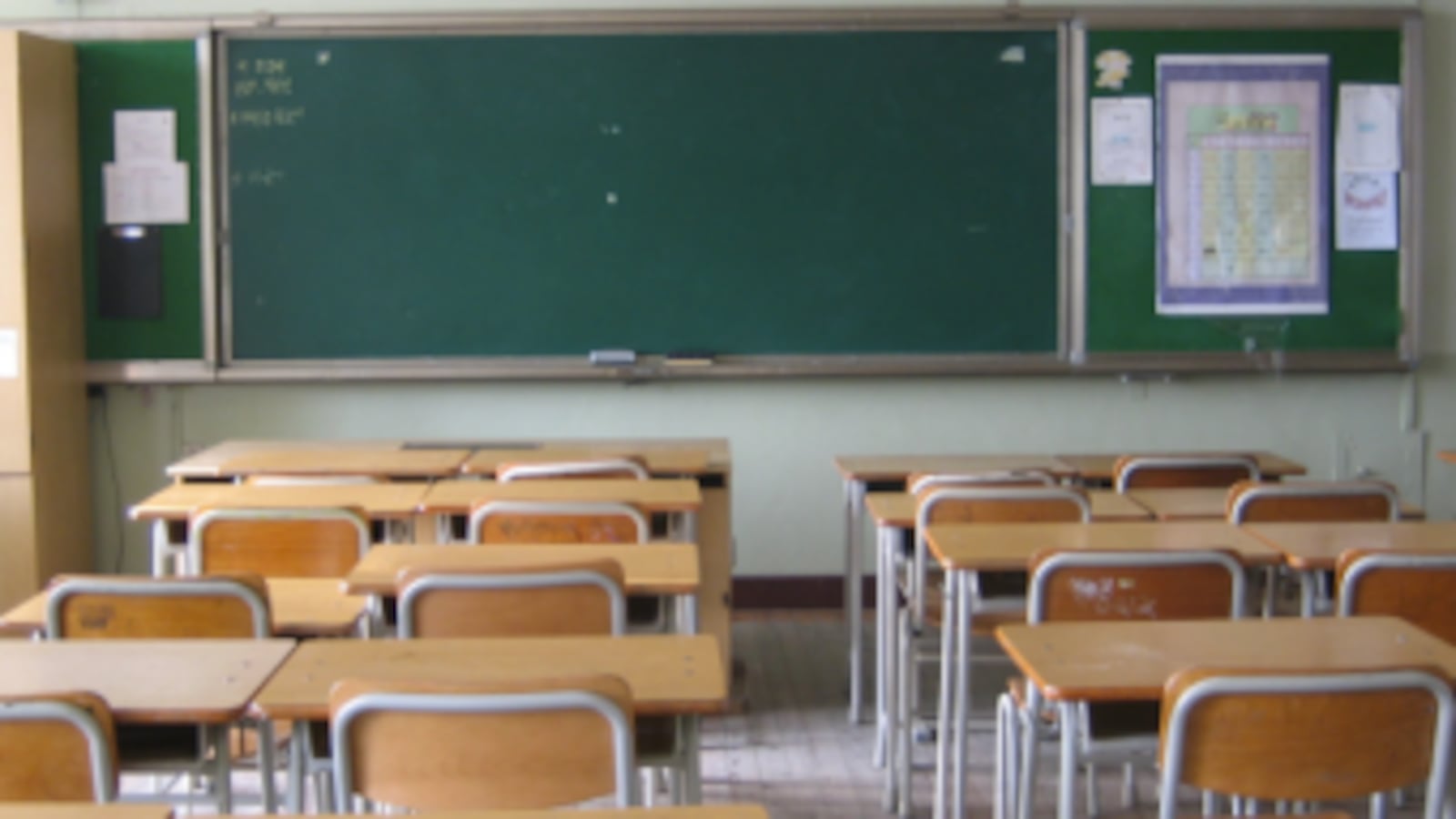It’s a common adage among educators: Students can’t learn if they don’t come to class.
A new report suggests some New York City schools are doing a better job of getting students through the door. On average, charter schools have better attendance and dramatically lower rates of chronically absent students, according to an analysis by the pro-charter group Families for Excellent Schools.
Chronic absenteeism is typically defined as missing 10 percent or more of the school year. Research has shown that chronically absent students are less likely to read on grade level by third grade. By high school, they are more likely to drop out.
In New York City district schools, about a quarter of the overall student body was chronically absent last year. That means about 200,000 students in district schools met the definition, according to Families for Excellent for Schools.
In local charter schools, the average rate was a little over 13 percent, FES found.
Charters also reported better attendance rates: an average of almost 95 percent in 2015-16, or roughly three percentage points higher than district schools.
“I think attendance is a measure of school culture and school quality more than anything else,” said Jeremiah Kittredge, who heads Families for Excellent Schools. “Charters offer the most supportive learning environment, particularly for our highest needs kids and our families.”
But charter schools are often criticized for not taking on a proportionate number of needy students. For example, recent reports have found that district schools serve a higher percentage of homeless students than charters. Homeless students, in particular, often struggle to keep up with school attendance.
“Releasing a report which compares charter and district attendance and absenteeism numbers without controlling for their different student demographics is irresponsible,” Alison Gendar, a spokeswoman for United Federation of Teachers, wrote in an email.
The city has made only modest improvement in reducing its rate of chronic absenteeism, which has decreased by about 2.5 percentage points over the last three years, according to Department of Education data.
By contrast, schools in the city’s Renewal turnaround program have improved at a much faster rate. Chronic absenteeism at those schools fell by approximately 8 percentage points. Despite the gains, the rate at Renewal schools — about 39 percent — still remains much higher than the district average.
“We’re focused on improvement,” said Christopher Caruso, executive director for the Department of Education’s office of community schools. “Our schools are doing an incredible job in building relationships and culture.”

